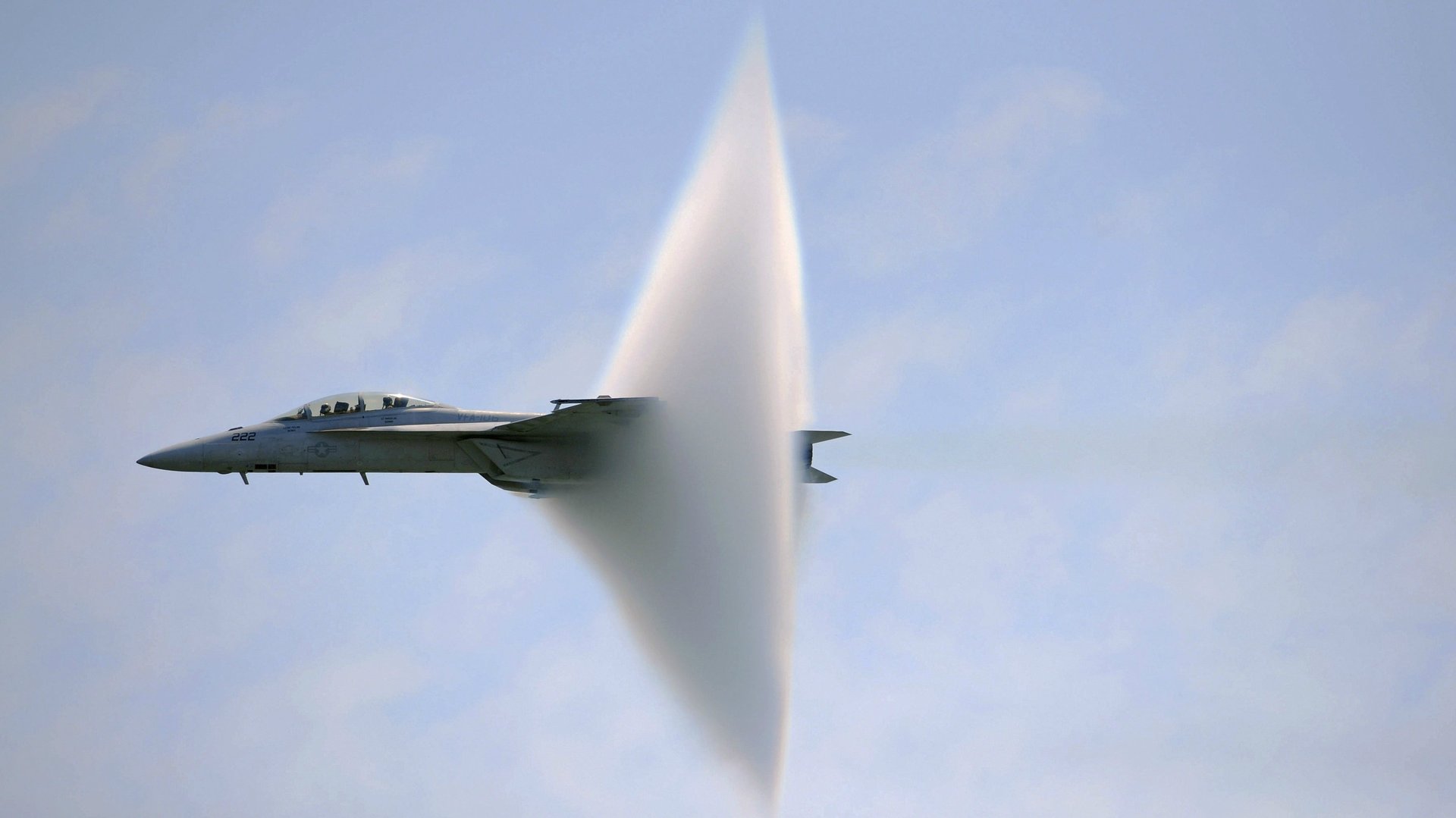Trump wants to decimate Amtrak—but he envisions supersonic flights zipping across the country
So much for that infrastructure boost. Donald Trump’s 2018 budget slashes the Department of Transportation’s funding by 13% from this year to $16.2 billion.


So much for that infrastructure boost. Donald Trump’s 2018 budget slashes the Department of Transportation’s funding by 13% from this year to $16.2 billion.
The cut would eliminate federal funding to state-run rail company Amtrak’s 15 long-distance routes, which drew 15% of its total annual ridership of 31.2 million last year, and include routes that connect New York with Miami (via Charleston) and Chicago, New Orleans with Los Angeles, and Chicago with the Bay Area in California.
The White House wants Amtrak to instead focus on providing service to northeastern states and regional routes. The routes popular with business travelers between Washington, DC and Boston, via Trump’s hometown of New York, are the source of close to 40% of its ridership, for example.
So how would people get around the 3.8 million sq miles of the United States with far less public transport? Trump is envisioning supersonic travel. Trump proposed $624 million in funding for NASA for research that could “pave the way” for flights that travel faster than the speed of sound.
A supersonic flight at mach 1.4—or 1,074 mph—could get passengers from New York to San Francisco in about two and a half hours, less than half the time the trip currently takes by commercial jets used today. Air Force One, a Boeing 747, reportedly has a top speed of 705 mph (paywall).
Trump’s proposal comes at a key time, with several private upstarts already developing new supersonic jets and taking lessons from the failed Concorde. The last flight of that money-losing supersonic plane was in 2003.
A startup called Boom last year unveiled a prototype for a supersonic all-business class jet and said it plans to conduct flight tests later this year. Richard Branson’s Virgin Galactic is planning to buy at least 10 of the jets. Rival supersonic hopeful Aerion Corporation is also developing similar technology and netted an order from private-jet company Flexjet.
One regulation the Trump administration will have to revoke if this ever takes off concerns the sonic boom. An airplane traveling at the speed of sound creates a shockwave that generates an explosion-like sound . In 1973, the US banned supersonic flight by civil aircraft (pdf) over land because of the noise.
NASA has already been working on supersonic aircraft that are both quieter and more fuel efficient than previous models. Silencing these deafening planes would determine whether they have a chance of revolutionizing air travel, saving passengers plenty of time.
But will a mere $624 million—0.054% of the total $1.15 trillion budget—be enough to get the tech out of NASA’s labs and into the skies? And what will that mean for carbon emissions, which Trump doesn’t seem to care about too much?